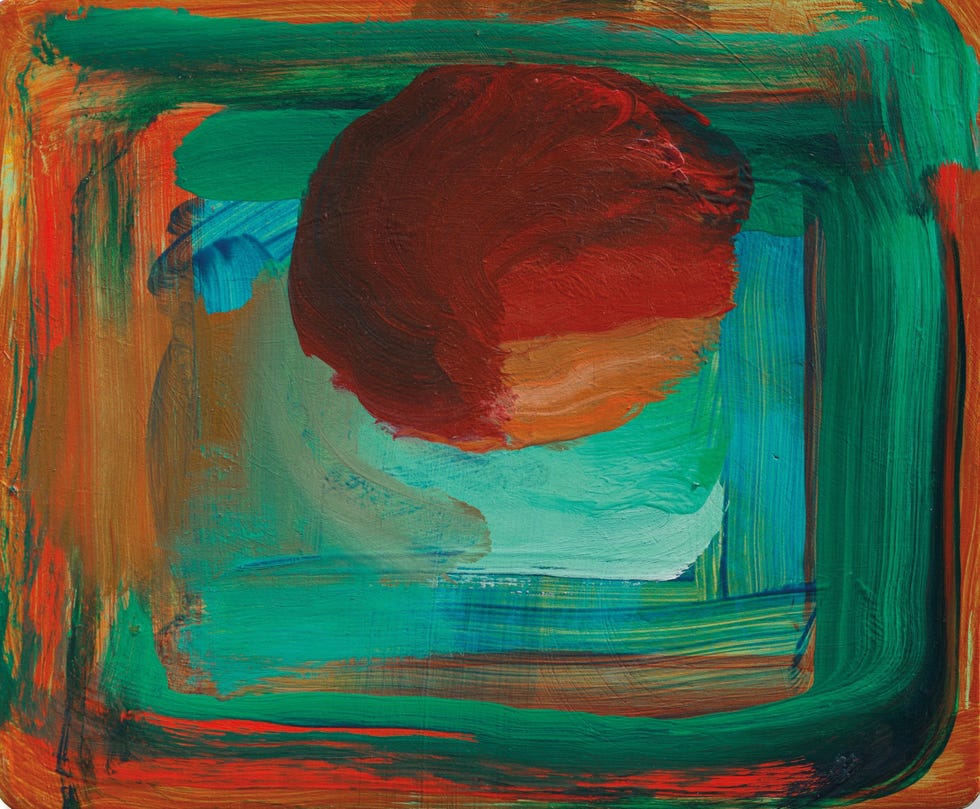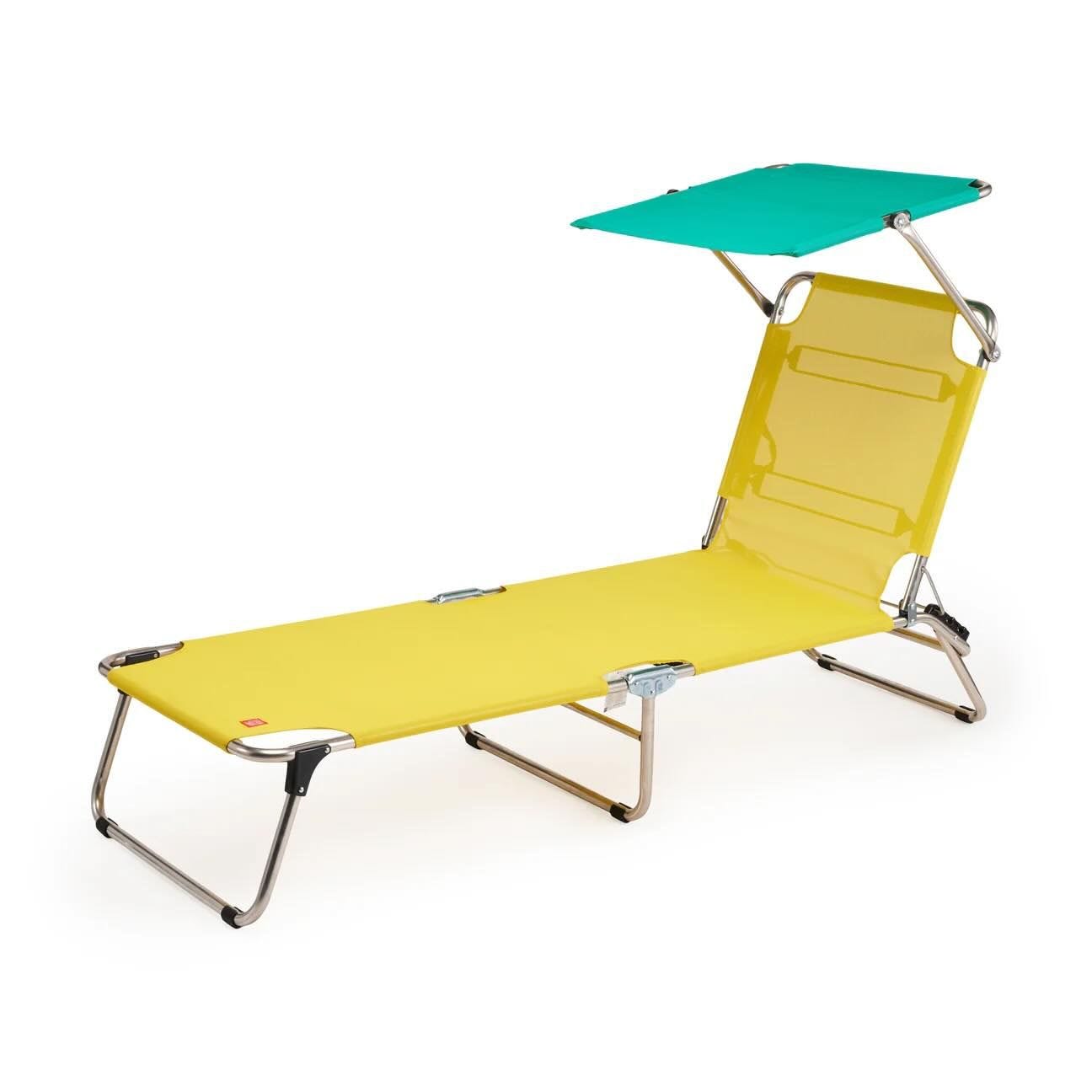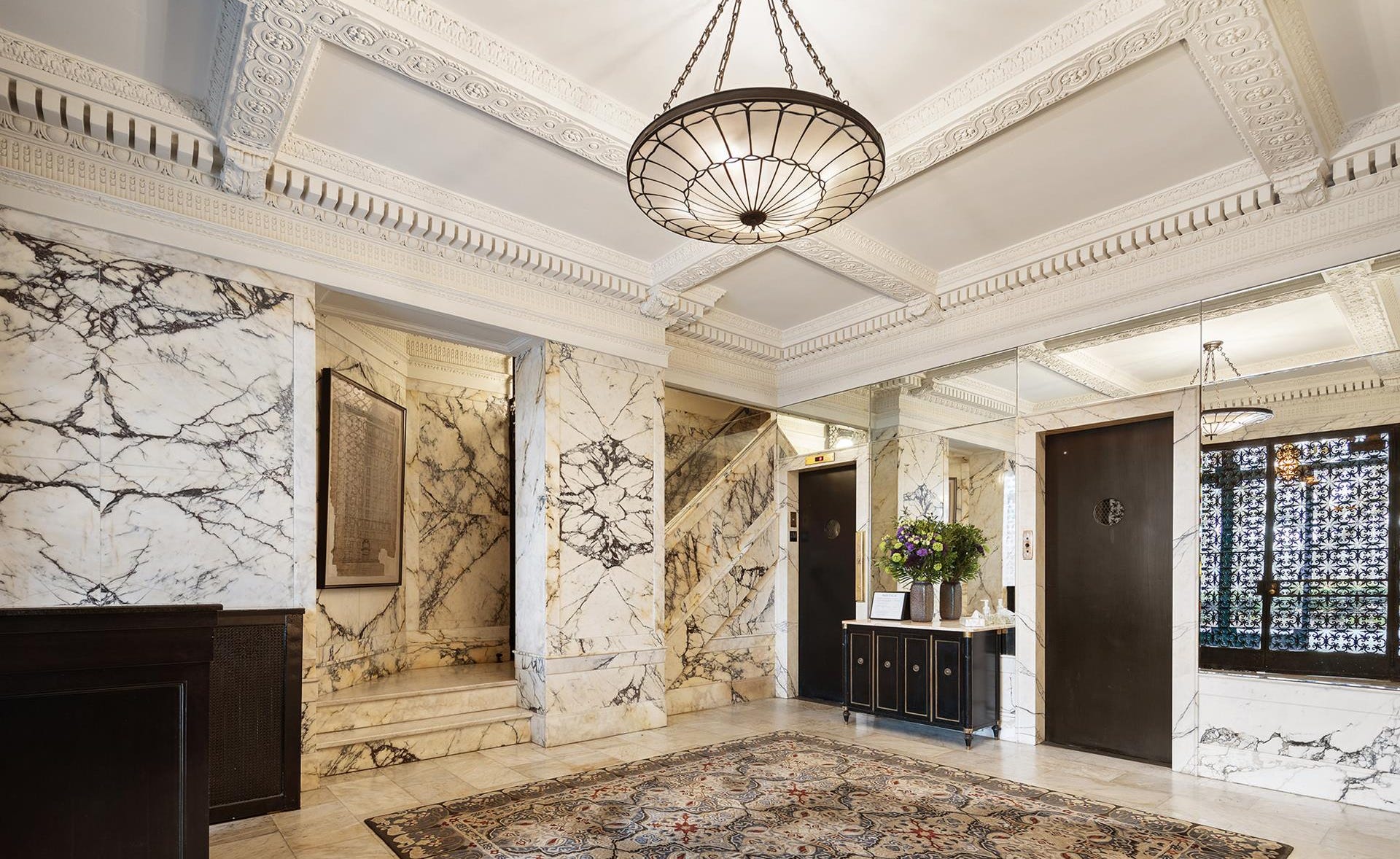Every year the European Fine Art Foundation (TEFAF) opens as spring creeps into New York City. Of the fairs two editions, New York leans more modern, highlighting works from the last 200 years, versus the last 7,000. Known for their extremely rigorous vetting process, this fair is where to go if you want the absolute best the art, design, and antiques markets have to offer. The selection of masterpieces on view can be overwhelming (perhaps there is such a thing as too much beauty!), so we’ve highlighted five works to focus your attention when you visit this weekend. The fair is up through Tuesday, May 13.
Howard Hodgkin at Hazlitt Holland-Hibbert
Howard Hodgkin’s paintings are pure emotion. You can’t really stare at them–you stare into them. «I paint representational pictures of emotional states,» the artist said. He eschewed boundaries of all kinds, often extending his compositions beyond the frame, paint dripping from the sides and outsides of his paintings. His abstract formations could be seen as studies, landscapes, or still lifes. Whatever is drawn from them they remain explosive, indecipherable, and impossible to pin down, much like the man himself. It’s fitting that Hazlitt Holland-Hibbert chose to display only Hodgkin in their TEFAF booth this year. Once you step over the threshold, the rest of the fair drowns out, only sunsets and feelings remain.
Armand Rateau at Galerie Vallois
In one corner of TEFAF, the ghost of Joan of Arc lives, hovering around a chair that shares a kinship with her armor. At Galerie Vallois, that chair, originally designed by Armand Rateau in 1919 for George and Florence Blumenthal, sits quietly in one corner. It’s back, seat, and arms are made up of shell-shaped chain links in patinated bronze. Stiff at first sight, the links move at the slightest touch like waves, perhaps a nod to the cruise from France to America where Rateau met the Blumenthals. The form of the chair is similar to those taken on campaigns in earlier centuries, here, melding the movement of the warrior in the field with their place of rest once the battle was won. A version of this chair from the Blumenthal’s residence now resides in New York’s Metropolitan Museum of Art. The couple wasn’t alone in their admiration—another version is housed in the Palace of La Liria in Madrid, originally part of the Duchess of Alba’s collection.
Aki+Arnaud at Carpenters Workshop
One afternoon, Arnaud Cooren, one half of a design duo with his wife Aki, looked up as he swam off the coast of Japan. Through the ocean’s waves, he saw how the light filtered down into the water: a fisheye view. The same sensation is created by an Ishigaki lamp made by the duo and presented by Carpenters Workshop. Standing under the delicate, loosely woven linen lamp shade, you can trace the warm rays of light which filter up from the metal and carbon base of the lamp, up its bamboo arm, and through the fibers of the shade. The light that filters through the lamp’s porous linen top creates dappled shadows on the ceiling, reminiscent of what Arnaud saw in the sea. The lamp is powerfully communicative, its emotive qualities only equal to the technical rigor required to bring together and bend such disparate materials to the Coorens’ wills.
Ruth Asawa at David Zwirner
Most of us know Ruth Asawa for her looped hanging sculptures. In them, you can see metaphors for a caged spirit taking form, regardless of external restrictions. Asawa began making art while interred with her family at the Rohwer War Relocation Center in Arkansas—one of many Japanese American citizens caged by the United States government during World War II. Fewer of her “tied” works survive. Like looming crowns of thorns, two of these tied metal wall mounted sculptures hang in David Zwirner’s booth. Their knots and spikes mesmerize like the twisted branches of a tortured tree, insistent on existing in whatever form the earth will allow. Both works are not to be missed.
Domenico Gnoli at Paul Coulon
If there is one Italian painter whose works have overtaken the internet in recent years it’s Domenico Gnoli. His retrospective at Fondazione Prada in 2021 drew immense attention and for good reason. In his short life (the artist died in 1970 at the age of 36), he was able to develop a distinctive style, painting portraits of parts—never the whole. Braids, heels, buttons, and beds make up many of his sumptuously colored compositions. His hand-traced decorative details are precise, sublimating larger forms for the minute features that make them. In Paul Coulon’s booth one particularly impressive canvas “La Robe Rouge,” depicts the mid-section of a healthy woman: her breasts, belly, and hips covered in a red orange paisley print. So impactful is the artist’s style that his influence could be seen elsewhere in the fair—Anna Weyant’s sensitive miniature still lifes in Gagosian’s booth have something of Gnoli in their composition and content.








